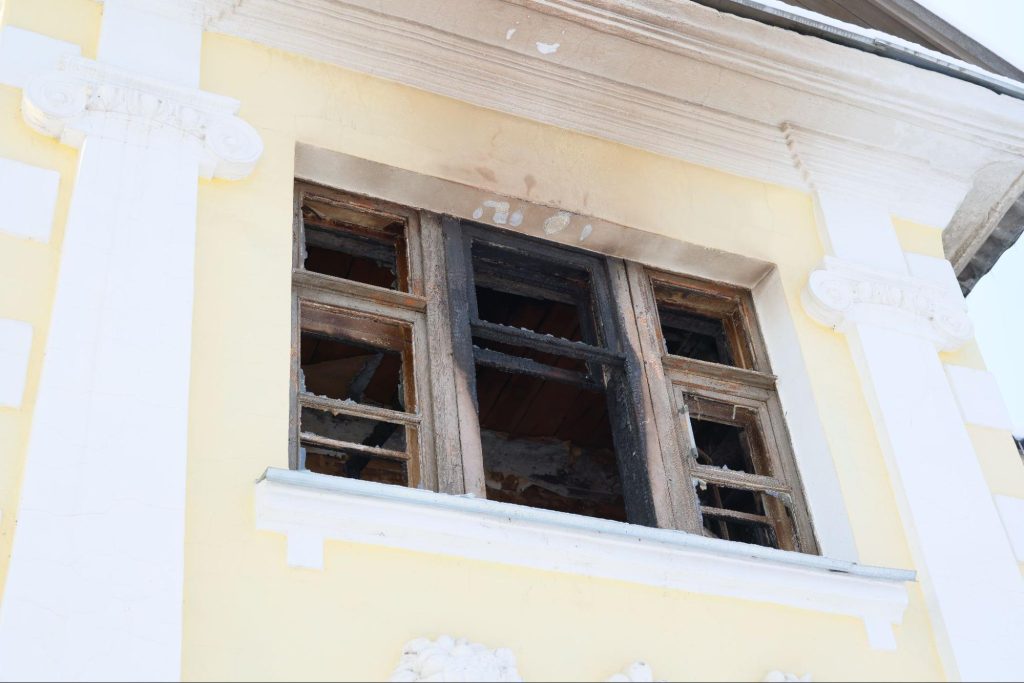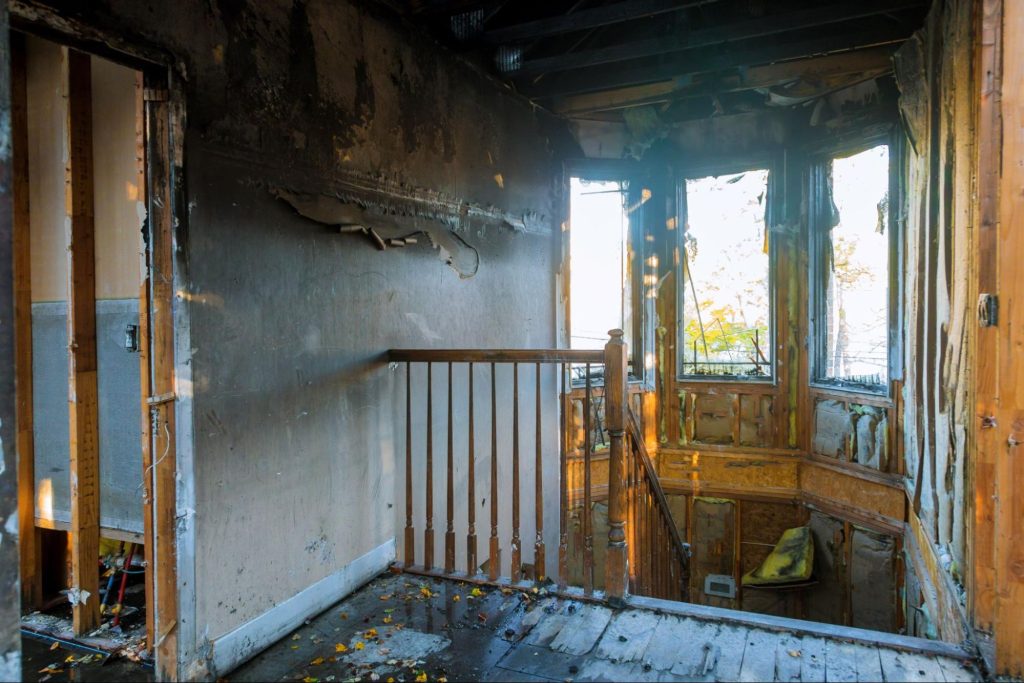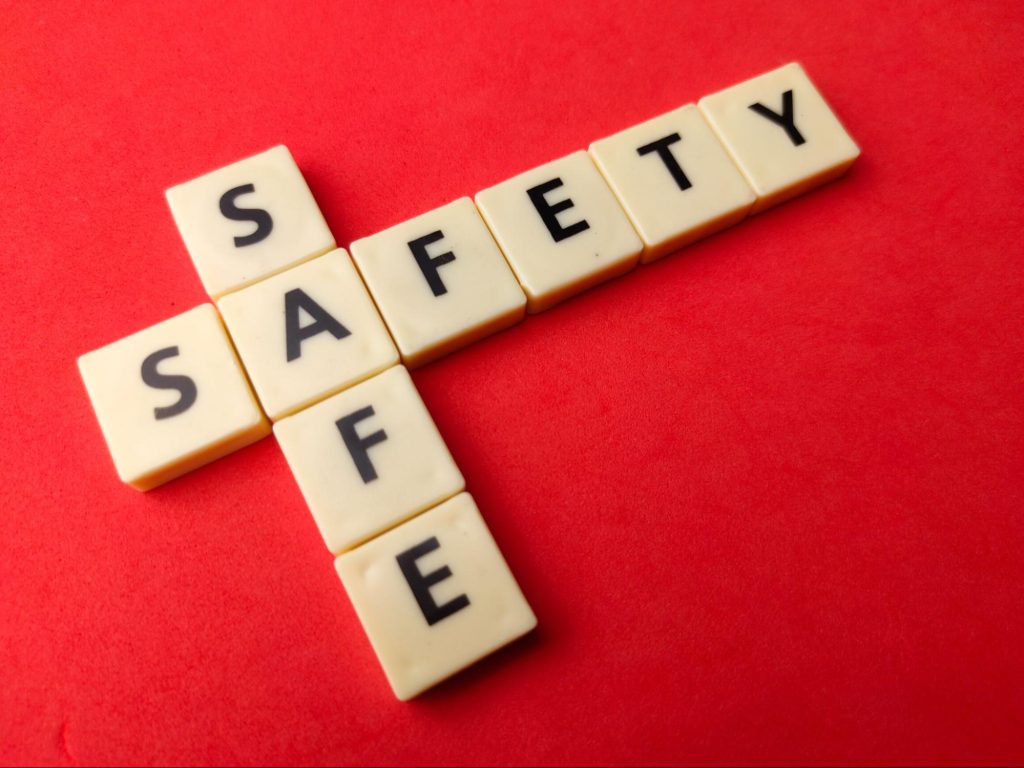
The Role of Fire Damage Cleanup in Restoring Indoor Air Quality
Fire leaves more than visible destruction; it pollutes the air we breathe. Even after extinguishing the flames, harmful residues linger. Smoke, soot, and toxic chemicals contaminate indoor spaces, creating unseen hazards. Ignoring these pollutants can lead to severe health issues and unlivable conditions. Fire damage cleanup is critical to restoring safety and air quality in affected environments.
Understanding Fire Damage Cleanup
Fire damage cleanup is about more than clearing debris; it’s about reclaiming your space and making it safe again. Harmful contaminants like smoke, soot, and toxic residues can linger long after the fire is out, jeopardizing your health and comfort. Specialized techniques and advanced tools ensure that every corner is thoroughly cleaned and restored. It’s not just about fixing what’s visible—it’s about creating a home or workspace where you can breathe easily and feel more secure.
Benefits of Fire Damage Cleanup
A thorough fire damage cleanup ensures a safe, breathable indoor environment and supports emotional recovery. Each benefit contributes to reclaiming comfort and security after the devastation of a fire:
Protects Respiratory Health
Fires release harmful particles that remain suspended in the air. These particles can cause breathing problems and long-term respiratory diseases. Cleanup removes soot, ash, and smoke residue that irritates the lungs. Restoring air quality prevents health risks and improves well-being.
Restores Indoor Environment
Fire-damaged areas often feel unlivable due to toxins and odors. Cleanup removes harmful residues and neutralizes lingering smoke smells, creating a safer and more comfortable living space. Clean air also supports psychological recovery from traumatic events.
Prevents Secondary Damage
Fire residues, like soot and smoke particles, can corrode surfaces over time. Without cleanup, walls, electronics, and furniture may deteriorate further. Professional cleanup minimizes long-term damage and reduces repair costs. It preserves the property’s value and usability.
Common Contaminants Addressed by Fire Damage Cleanup
Fires introduce various contaminants into indoor spaces, each with unique risks. Identifying and addressing these pollutants is essential for restoring air quality.
Smoke Residue
Smoke creates fine particles that settle on surfaces and float in the air. These particles irritate the respiratory system and produce persistent odors. Without proper filtration, smoke residue can linger for months. Cleanup with advanced systems ensures safe and breathable air.
Soot and Ash
Soot is a toxic byproduct of incomplete combustion, consisting of tiny particles. These particles infiltrate furniture, walls, and HVAC systems, making cleanup complex. Professional methods thoroughly remove soot, preventing recirculation in the air. Deep cleaning restores safe air circulation and eliminates health risks.
Chemical Residues
Burning synthetic materials releases volatile organic compounds (VOCs). These chemical residues can cause severe health issues, such as headaches and respiratory problems. Specialized cleanup methods are required to remove VOCs from affected spaces. Addressing these residues is crucial for complete air quality restoration.

The Air Quality Restoration and Fire Damage Cleanup Process
The fire damage cleanup process follows specific steps to ensure thorough restoration. Each stage targets contaminants that pose risks to health and safety.
1. Assessment and Inspection
Professionals begin by inspecting the property to evaluate contamination levels. This inspection includes identifying pollutants hidden in walls, flooring, and HVAC systems. Detailed assessments guide the development of effective cleanup plans, and accurate inspections ensure that all sources of contamination are addressed.
2. Removing Debris and Contaminants
Cleanup starts by removing visible debris and residues from affected areas. Specialists use tools to extract soot, ash, and harmful particles from surfaces. Advanced vacuums and air scrubbers filter airborne contaminants, reducing health risks. This process prepares the space for deeper restoration work.
3. Deodorization and Air Purification
Fire damage leaves behind stubborn odors that affect air quality. Professional-grade deodorizers neutralize smoke smells and refresh the environment. HEPA filters capture microscopic particles, ensuring the air is free of harmful substances. Deodorization and purification create a healthier indoor atmosphere.
Choosing Professionals for Fire Damage Cleanup
Hiring experienced fire damage cleanup professionals ensures effective and safe restoration. Experts bring the knowledge and tools needed for comprehensive cleanup.
H3: Certification and Training
Certified professionals follow strict standards for fire damage restoration. Their training ensures they can handle hazardous materials and complex contamination issues. Certification also guarantees a commitment to quality and safety. Getting trained experts reduces health risks and improves restoration outcomes.
Use of Advanced Technology
Professional cleanup teams use modern tools to address fire damage thoroughly. Equipment like HEPA vacuums and air scrubbers effectively eliminate contaminants. Advanced technology speeds up the cleanup process while ensuring no residue remains. Combining expertise with innovative tools delivers optimal results.
Experience in Fire Damage Cleanup
Experienced teams understand the challenges of fire damage restoration. They tailor their approach to meet the specific needs of each property. Their expertise ensures that all visible and hidden contaminants are fully addressed. Choosing experienced professionals leads to safer spaces and lasting results.
Innovative Solutions for Fire Damage Cleanup
Fire damage cleanup is a scientifically driven process aimed at restoring safety. The residues from smoke, soot, and chemicals require advanced techniques for proper removal. Understanding the underlying technical methods helps ensure a thorough and effective cleanup.
The Science Behind Fire Damage Cleanup
Fires produce complex chemical reactions that leave harmful residues behind. Soot, a byproduct of incomplete combustion, contains toxic particles that bond with surfaces. Smoke carries microscopic particles that penetrate porous materials and air systems. Effective cleanup involves breaking down these chemical bonds to remove contaminants safely.
Specialized Tools and Equipment Used in Cleanup
Advanced tools are essential for eliminating contaminants after a fire. HEPA vacuums trap microscopic particles, ensuring they don’t recirculate into the air. Air scrubbers and ozone generators neutralize odors and airborne toxins. These specialized tools combine technology and precision to restore air quality quickly.
Cleaning Methods for Different Surfaces
Different surfaces require unique approaches to remove fire residues. Porous materials like fabric and drywall often trap soot deeply, demanding extensive treatment. Non-porous surfaces like metal or glass benefit from chemical solutions that lift residue. Tailored cleaning methods ensure thorough restoration without damaging materials.
Regulations and Standards for Fire Damage Cleanup
Adhering to regulations and standards ensures fire damage cleanup is safe and effective. These guidelines protect both property owners and cleanup professionals. Recognizing cleanup rules helps ensure the process meets legal and health requirements.
Key Industry Standards for Cleanup
Professional fire damage cleanup follows protocols set by organizations like the Institute of Inspection, Cleaning and Restoration Certification (IICRC). These standards outline methods for handling soot, smoke, and hazardous materials. The Environmental Protection Agency (EPA) also provides guidelines for air quality restoration. Following these standards ensures a thorough and health-conscious cleanup process.

Safety Measures for Occupants and Workers
Cleanup teams must prioritize safety to minimize health risks. Personal protective equipment (PPE) like masks and gloves shield workers from harmful exposure. Containment procedures, such as sealing off affected areas, prevent contaminants from spreading. These measures ensure the safety of both occupants and professionals during restoration.
Environmental Guidelines for Cleanup
Environmental laws regulate how fire-damage residues, such as soot and chemicals, are disposed of. These residues often qualify as hazardous waste and must be handled accordingly. Proper disposal methods prevent environmental contamination and adhere to legal standards. Using eco-friendly cleanup products further aligns with ecological guidelines.
Importance of Compliance in Fire Cleanup
Compliance with regulations builds trust and ensures quality service. Certified professionals follow established cleanup protocols and safety standards. It reduces liability for property owners and guarantees a healthier environment post-cleanup. Choosing a compliant cleanup provider safeguards both health and property.
Signs of Incomplete Cleanup and When to Seek Help
An incomplete fire damage cleanup can leave harmful contaminants in your home. Recognizing these signs is essential for ensuring the safety and comfort of your indoor environment. When issues persist, professional intervention becomes necessary to address overlooked hazards.
Persistent Odors in the Air
One of the most common signs of incomplete cleanup is the lingering smell of smoke. If the air retains a smoky or burnt odor, residues remain. These odors are often embedded in porous materials like furniture, carpets, and drywall. Professional deodorization and air purification can effectively eliminate these stubborn smells.
Visible Residues or Stains
Soot and smoke stains on walls, ceilings, or furniture suggest an incomplete cleanup. These residues not only impact aesthetics but can also release toxins into the air over time. Dark streaks or powdery deposits are clear signs that additional cleaning is needed. Specialists use advanced techniques to remove all visible and hidden residues.
Health Symptoms After Cleanup
Unresolved contaminants can cause health issues even after cleanup efforts. Symptoms like persistent coughing, headaches, or allergies may indicate lingering pollutants. These effects are particularly concerning for individuals with asthma or respiratory conditions. If health problems arise post-cleanup, professional re-evaluation is necessary.
Air Quality Issues
Poor air quality indicates unresolved contamination, such as dusty or hazy indoor air. That may result from improperly cleaned HVAC systems that recirculate soot and smoke particles. Professionals can perform air quality tests to identify and remove these hidden threats. Certified cleanup teams ensure thorough restoration of breathable air.
Fire Damage Cleanup: A Gateway to Clean and Safe Living
Restoring your home after a fire is more than just a physical process; it’s a commitment to reclaiming safety, comfort, and peace of mind. Every step of fire damage cleanup breathes life back into your space, transforming it into a haven where you can truly thrive. By investing in professional cleanup, you’re not just fixing what’s broken—you’re protecting your health and ensuring a brighter future for everyone who enters your doors. Trust the experts to pave the way toward cleaner air, safer surroundings, and a fresh start.
Learn how to reclaim your home’s safety and air quality—visit our Express Restoration blog for expert advice and tips.
